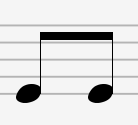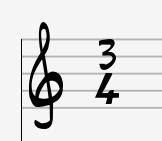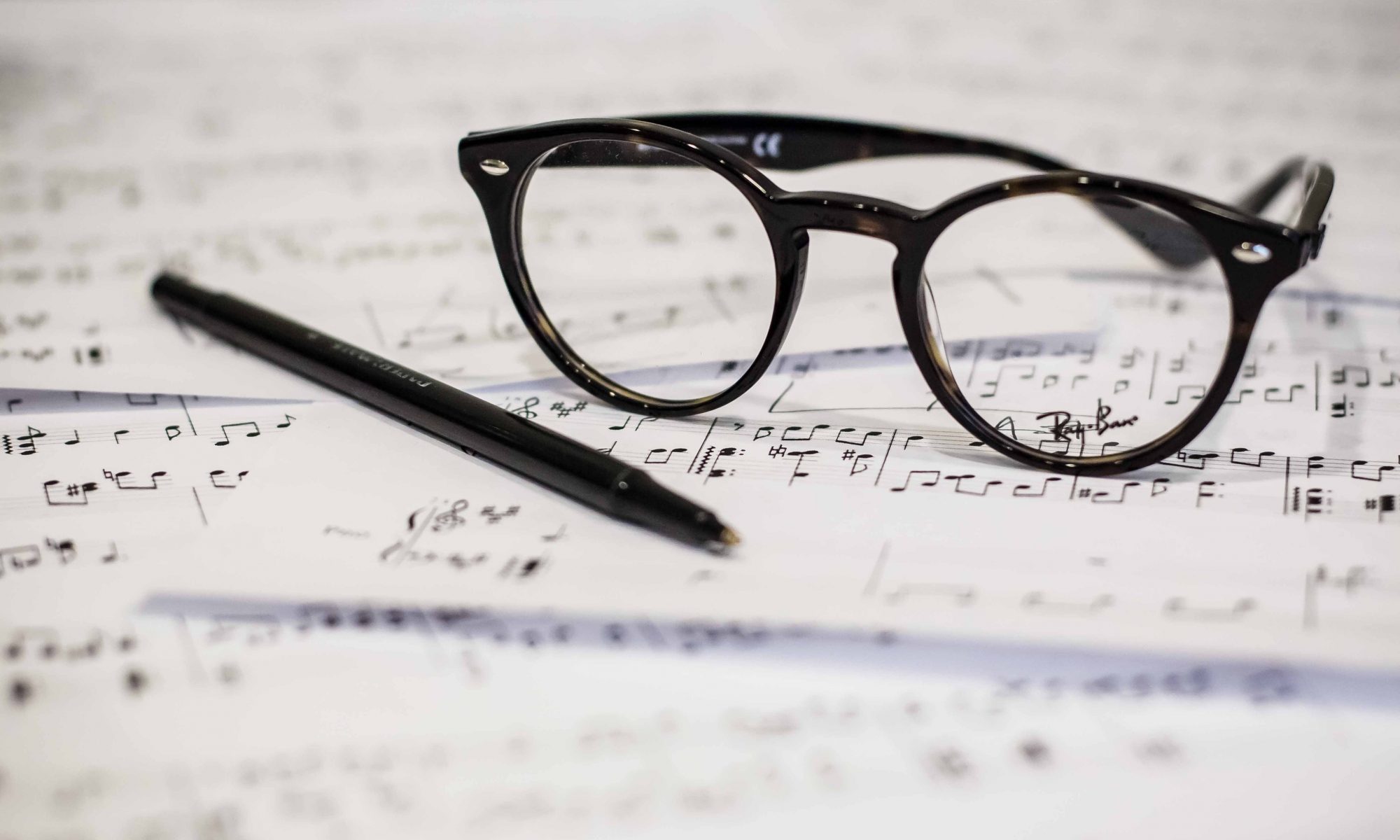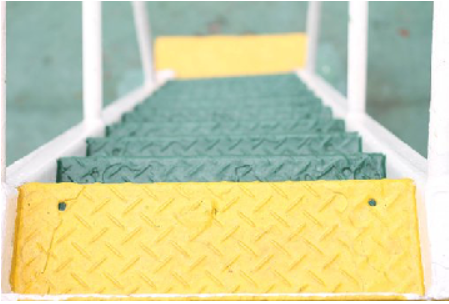What It Takes To Release An Album
Are you a musician, looking to release an album or an EP?
If the answer is yes, then roll up your sleeves, because a lot of things will have to get done before the release will actually happen.
First off, I am by far not a music marketing specialist. But I am a part of two active rock bands, who regularly release their music. And I am writing from our first-hand experience about what was needed from us, before the album was actually released.
The choice to be a musician can be scary to some people, especially because most musicians over-dramatize the effort you need to put in to make it work on even a smaller scale.
But music is a business, just like any other business, where – believe it or not – you have to put in the work.
To not turn anyone away: the work itself can actually be very much FUN. The fact is that most of the stress is caused by: over-thinking, no planning and confusion. Write things down, have it all planned out beforehand, and stick to the plan. If you don’t have 8 hours per day to work on your music career, that’s okay, plan your work to get it done in the few hours per week you actually have.
Photo by Ron Lach
From experience, I can tell you that the most stress for us was caused by not having things laid out in front of us. That made us forget important things, and chase last minute solutions.
And trust me, when you need a designer to create an awesome album art, or a filmmaker to make your music video in the last minute, everyone is busy working on other projects. Most of them do not even pick up the phone. It’s like the universe is working against you.
That being said: write things down. This action itself will put your mind at ease and lower the stress. Then you simply start working on it and enjoy the work. Every task you complete, will bring you closer to your goal.
Yes, there will be days, when you will have to shoot music videos for more than 16 hours, but it’s going to be a thrilling experience. You could be at home watching TV, but no, you are actually creating something awesome that will last a lifetime. With that mindset, it’s very easy to get things done and feel good about it.
Masters
Before you release an album, make sure you have the last versions of master tracks on your hard drive. As obvious as this one is, it’s very easy to be chasing after any last minute improvements, run late or miss the deadlines. Remixing, mastering and exporting tracks takes time. And if you are working with professional studio personnel, they might not be available at all times.
To ease the stress, have the tracks in your hand at least 3 weeks before you plan to release your album.
Names of the songs
Have all the names for the songs figured out, including the syntax. You might want to capitalize each letter in the name, or write everything capitalized, or maybe do something more creative in between.
Plan to have this figured out at least 3 weeks before the release.
Name of the album
Again, an obvious one, but plan to have this one ready beforehand. You will probably need the name of the album for your cover art and PR.
Have this one ready at least 4 weeks before the release.
Order of the songs
Order of the songs is important. It will make your album flow seamlessly, or make it sound repetitive and dull.
One good idea is to try to break similar songs apart. Listen to the end of one song, and the start of the next song. It’s good for them to have different tempo, key, rhythm, and instruments.
Also think about the energy you want the album to have throughout. You usually want to start with some bangers and sneak some slower songs later on. More complex songs work best in the second half of the album. But you can do whatever you want here, it’s your creation. Just think about how the order of the songs will improve upon it.
If you are planning only a digital release, have the order figured out at least 2 weeks before the release. But if you are also doing physical copies, you will probably need the order of the songs printed on the cover, so keep that in mind.
Length of silence between the songs
The silence between the songs is very important for the flow of the album. Once you have the masters, simply listen to the songs in the correct order and think about how shortening/lengthening the silence can improve the flow.
If you want to make any changes, you can do them by yourself using a DAW. Just make sure you export the same format as the files you have received to avoid lowering the sound quality.
Have this done at least 2 weeks before the release.
Album art
You should start working on this as soon as you get the resources you require (album name, song names, order of the songs). This is how your album will be presented to the audience on digital platforms as well as physical copies. Have this one ready at least 2 weeks before you plan the release.
Other resources
Here are also some things you might want to think about before releasing the album. These resources help you promote your album and make online distribution complete.
- Photos of you or your band
- Singles (pick your singles and plan your release before/after the album)
- Music videos accompanying single releases
- Lyrics written out (these are usually uploaded to online music platforms)
- PR text to send out to the media
- Other content for promotion (interviews, reviews, remixes, different song versions – use these to promote the album)
Timeline
Now that you have thought about all of these things that need to get done, put them on a timeline, and stick to the plan. Simply put the deadlines into an Excel file and share it with your crew if you have one.
And that’s it. I hope this gives you a better idea on what needs to be done before you release an album. The key here is to plan your work and work your plan.
About the author
Janez Janežič is a creative guitar teacher, songwriter, and guitarist from Novo mesto, Slovenia. If you are looking for quality, fun and effective guitar lessons in dolenjska region, be sure to look up his guitar school.


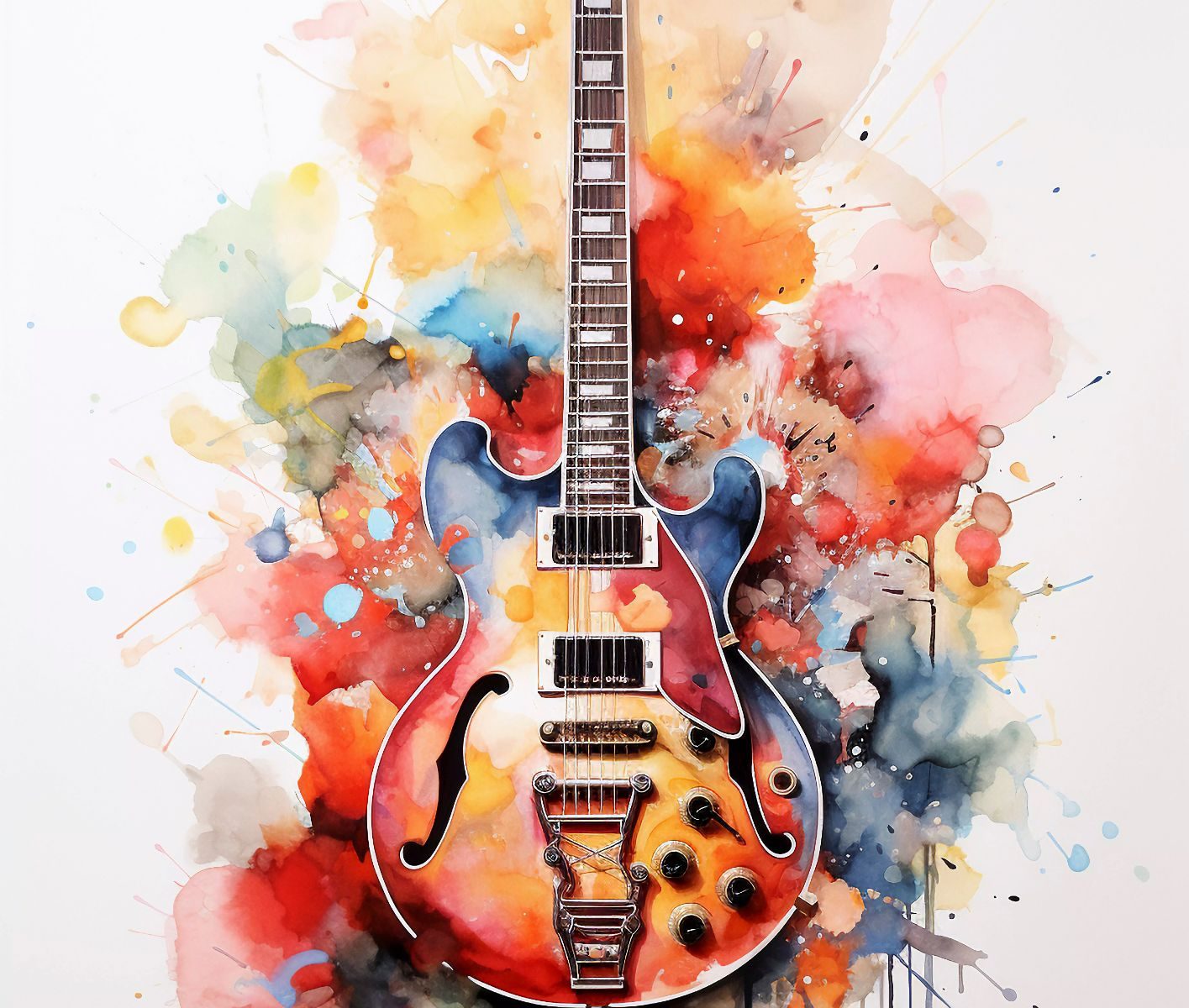
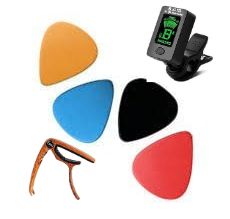

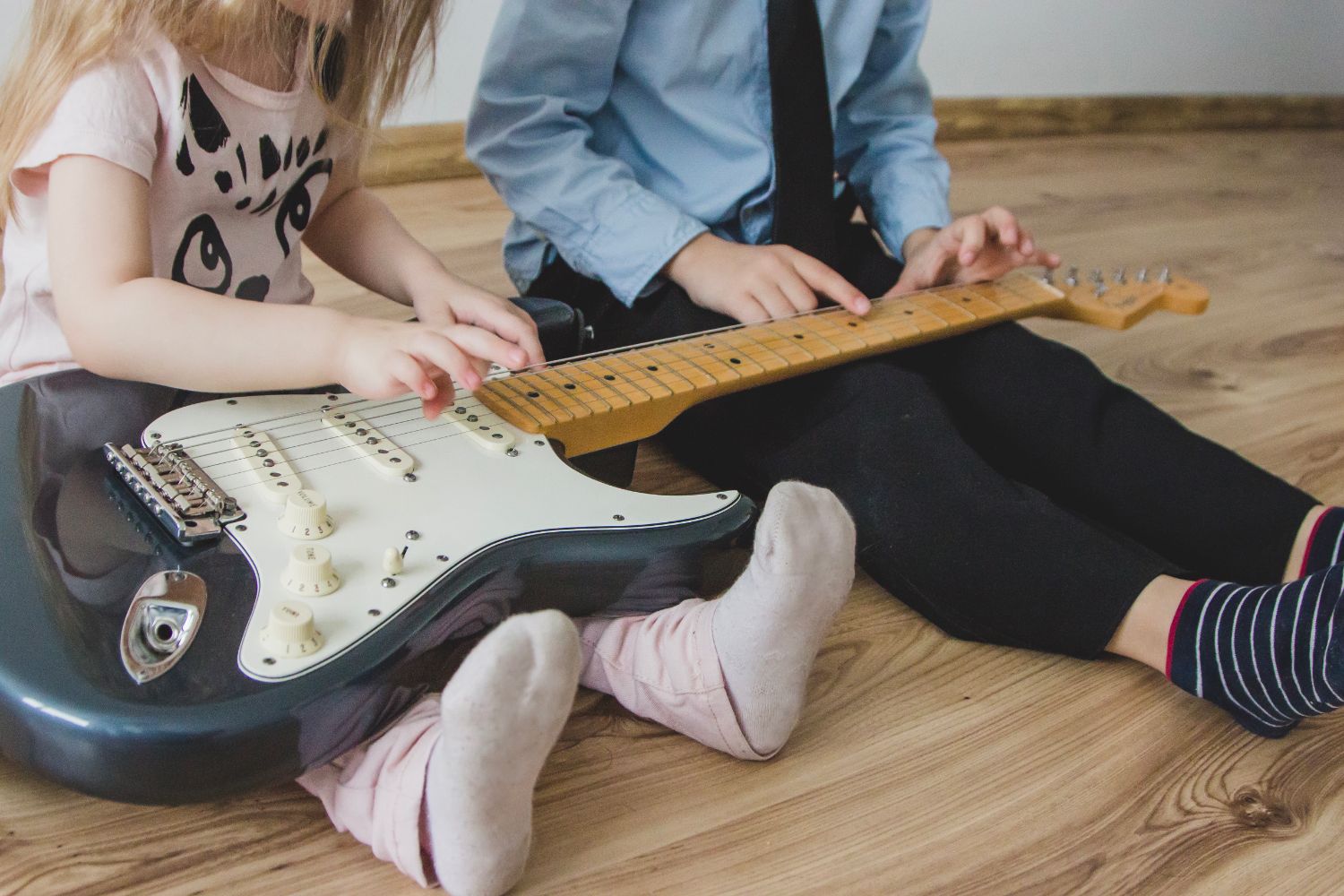
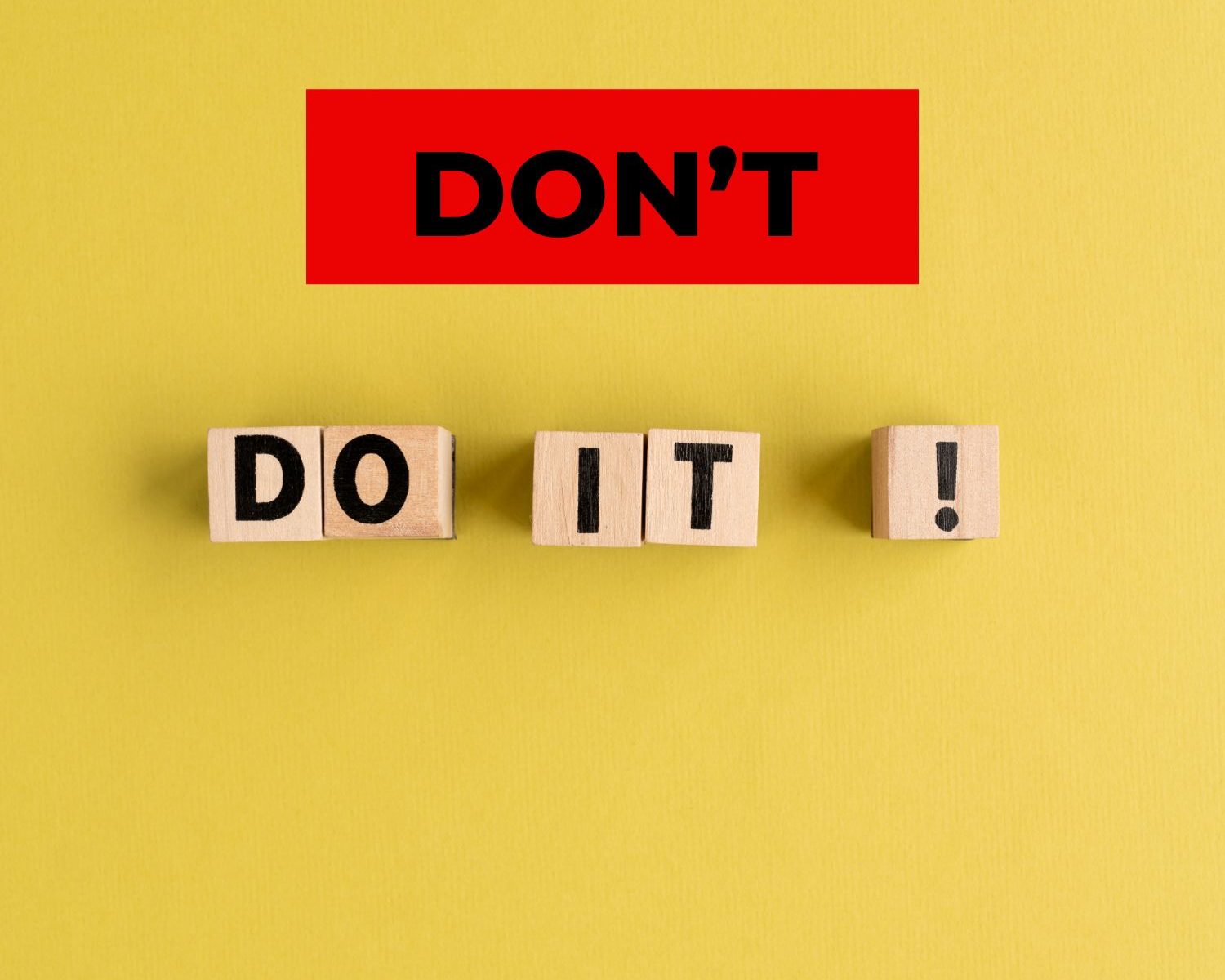


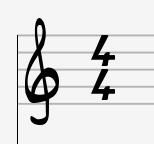
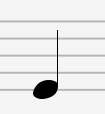
 =
= 
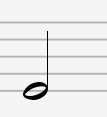 =
= 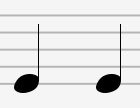
 =
= 